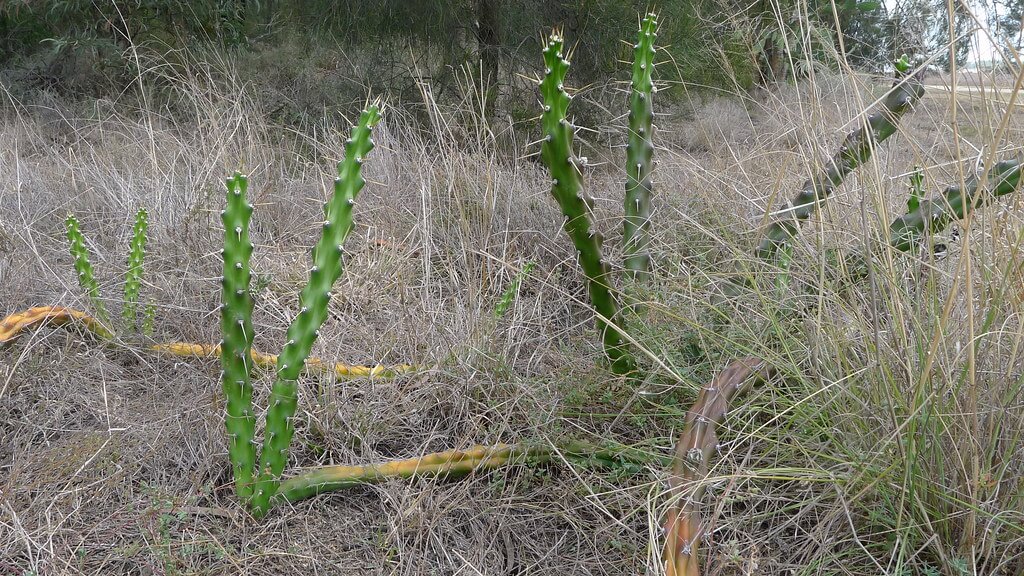Australian Plant Census (2011) available at: Vascular Plants APNI (biodiversity.org.au).
Australia's Virtual Herbarium (AVH) (2007). Council of Heads of Australian Herbaria (CHAH). Available at: Home - AVH (chah.org.au)
Land Protection (2007). Harrisia Cactus. Department of Natural Resources and Water, Queensland Government.
Navie S. (2004). Declared Plants of Australia. An identification and information system. Centre for Biological Information Technology: Brisbane. [CD-ROM]
Parsons, W.T. & Cuthbertson, E.G. (2001). Noxious weeds of Australia 2nd Edn. Inkata Press, Melbourne, Victoria.
Paskins, M. (2001). Harrisia Cactus (Eriocereus martinii). Agnote. Weeds Branch, Primary Industries and Fisheries, Northern Territory of Australia, Darwin.
Telford, I.R.H. (1984). Cactaceae in George, A.S. (Ed.) Flora of Australia 4. Australian Government Publishing Service, Canberra.
Thorp, J.R. & Wilson, M. (1998 - ). Harrisia Cactus, Eriocereus martinii. Weeds Australia, Australian Weeds Committee.
Also see:
Southern Tablelands and South Coast Noxious Plants Committee (2008). Harrisia Cactus.
Sydney Weeds Committees (2008). Harrisia Cactus.































